Dwarves

The dwarven people of Uhl are a robust and industrious race known for their exceptional craftsmanship, resilience, and deep-rooted traditions. Dwelling within magnificent fortresses carved from the mountains, they thrive in a society built on clan loyalty and community. Dwarves are skilled artisans specializing in blacksmithing, stonework, and gem cutting, crafting remarkable weapons, armor, and intricate jewels that are highly sought after by other races.
Their culture is rich with rituals and festivals, emphasizing the importance of family, storytelling, and shared experiences. The dwarves honor their ancestors, celebrating their legacies through communal feasts and events like the Harvest Festival. Education is integral to their society, with a strong apprenticeship system that ensures the transfer of traditional skills and knowledge to younger generations.
Dwarven mythology is steeped in tales of legendary gods and heroic ancestors, reinforcing their values of strength and craftsmanship. Despite occasional rivalries with other races, they engage in trade and diplomacy, fostering relationships with humans and elves while defending their territory from threats. Through their enduring traditions and remarkable craftsmanship, the dwarves of Uhl continue to leave a lasting impact on their world, beloved for their spirit and tenacity.
Learn more about the dwarves of Uhl.
Eslar

The Eslar people of Uhl are an advanced race distinguished by their deep cultural practices, remarkable craftsmanship, and unique social structure. Organized under the technocratic kingdom of Panthora, they thrive in a society that values collaboration and intellectual pursuits. Leadership within the Eslar community is meritocratic; individuals are chosen based on expertise rather than heredity. This emphasis on knowledge fosters a well-educated populace, encouraging citizens to cultivate skills that contribute to the advancement of their society. Their culture is characterized by communal gatherings that celebrate knowledge, promoting lively discussions about philosophy, science, and magic, and underscoring their collective identity.
Renowned for their unparalleled craftsmanship, eslar excel in alchemy and engineering, creating exquisite magical artifacts and innovative devices that uniquely blend science and sorcery. Their metalwork and gemcraft are celebrated for their intricacy and functionality, making their products highly sought after by other races. The Eslar maintain strict control over their trade, engaging selectively with trustworthy allies to exchange their prized goods for essential resources. This guarded approach to trade reflects their cautious nature, arising from their long history of isolation and the need to protect their knowledge and culture.
Eslar mythology plays an essential role in reinforcing their beliefs and values, especially regarding vigilance against dark forces like the remnants of the Masadi Order, a historical threat to their existence. Their capital city, Isia, features magnificent architecture that embodies their aesthetic values and serves as a testament to their engineering prowess. Cuisine among the Eslar highlights nutrient-rich dishes infused with magical enhancements, fostering communal ties during meals. Education is a cornerstone of Eslar society, focusing on lifelong learning that ensures future generations are well-equipped to face challenges and continue their legacy of innovation and knowledge. Together, these elements create a vibrant and resilient culture that is a testament to their enduring spirit amidst a world filled with mysteries and dangers.
Learn more about the eslar of Uhl.
Goblins
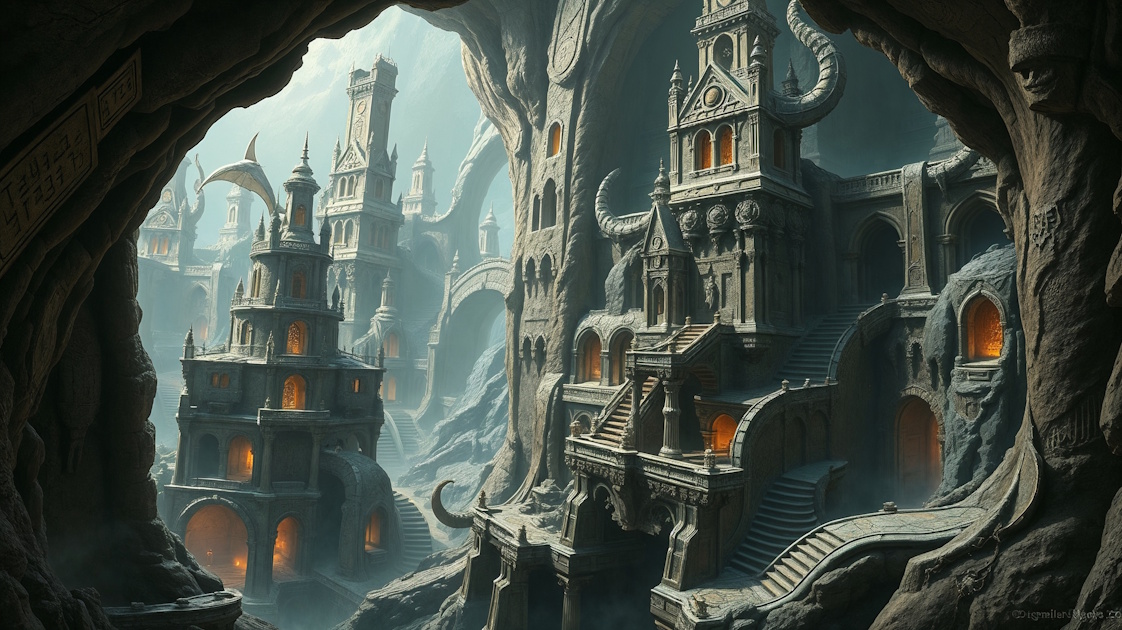
Goblins are the most prolific race found in Uhl, dwelling primarily in the subterranean darkness of the vast Underland or among the highest mountain peaks where civilization fears to tread. Collectively, there are four subspecies: the massive gaugaths who claim mountain strongholds as their territorial domains, the cunning haureks who rule underground blood clans through ruthless intelligence, the numerous imps who serve as the backbone of goblin labor and military forces, and the smallest grekkels, whose inherent magical abilities and talent for mischief make them invaluable spies and agents of chaos. This is not a strict hierarchy, as each subspecies prefers to exist alongside their own kind with distinct social structures, but in a society where strength and cunning determine survival, gaugaths often dominate through sheer physical power while haureks frequently rise to leadership through strategic thinking and political manipulation.
While the four subspecies share certain cultural elements—particularly their brewing traditions that serve as the primary bond uniting all goblin-kind—their differences far outweigh their similarities. Each maintains its own leaders, territorial claims, taboos, rituals, and seasonal celebrations, coming together beyond tribal boundaries only when opportunities for profitable raids, territorial expansion, or resistance against external threats present themselves. The legendary fortress-cities like Grimlock, Greth, and Gugal represent the pinnacle of goblin achievement when multiple subspecies collaborate, creating underground strongholds that can withstand siege by the combined forces of surface kingdoms.
The Underland's true vastness remains one of the great mysteries facing surface civilization, its endless tunnels and cavern systems hiding countless goblin settlements whose locations and capabilities are known only to their inhabitants. While fortifications like Greth and Gugal have been identified through their persistent attacks on the Four Fiefdoms and raids into the Freelands, the extensiveness of goblin tunnel networks means that raiding parties can emerge suddenly in the heart of populated areas, appearing through forgotten cellars, abandoned mine shafts, or previously unknown passages. This unpredictable threat, combined with goblin mastery of underground warfare and their talent for exploiting the weaknesses of surface civilization, ensures that the goblin menace remains a constant challenge that has shaped the defensive strategies and settlement patterns of every surface race since the Age of Resilience.
Learn more about the goblins of Uhl.
Humans

The humans of Uhl are a resilient and adaptable race whose history embodies both the greatest triumph and most devastating tragedy in the known world. Once united under the magnificent One Kingdom of Darshavon, they achieved continental dominance and unparalleled civilization until the cataclysmic Fall of the Old Gods shattered their realm forever. From the ruins of their lost unity emerged the Four Fiefdoms—Seacea with its maritime traditions, Kallendor and its renowned horsemen, Vranna of the lakes and learning, and fierce Anolga of the hills—each forging distinct identities while maintaining ancestral claims to their glorious past. Now, in the Age of Advancement, humans have reached new heights of innovation and prosperity, with King Classus IV's revolutionary airship technology symbolizing their capacity to soar beyond even their ancient achievements, yet the abandoned temples and haunted isle of Oslo serve as constant reminders that no civilization, however mighty, is immune to the consequences of hubris and the inexorable forces of fate.
Learn more about the humans of Uhl.
Krill
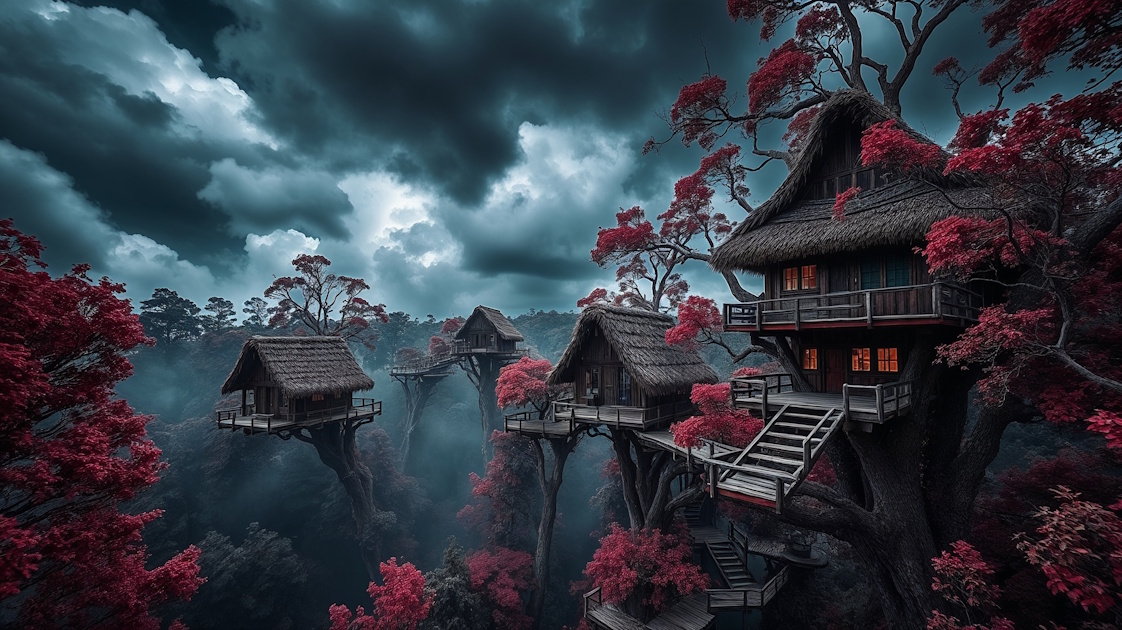
The krill are a proud and reclusive bipedal feline race who have achieved mastery over the forest canopy, creating a unique civilization within the vast Merrow Woods where their exceptional agility, fearlessness of heights, and natural balance allow them to navigate an arboreal world that remains largely inaccessible to other races. Organized into six fiercely independent tribes that jealously guard their territorial domains while sharing common traditions of martial excellence and harmonious coexistence with their forest environment, the krill embody a cultural paradox of unity and isolation that has preserved their distinctive way of life for millennia. Each tribe maintains its own leadership, customs, and territorial boundaries, coming together only during the most critical circumstances or, more often due to their legendary pride and stubbornness, not at all.
At the pinnacle of krill society stand the sinji, elite warriors whose combat skills are legendary throughout Uhl and whose very existence represents the ultimate expression of krill cultural values. These deadly fighters undergo the mysterious shi-ja ritual, a transformative ceremony so profound and dangerous that those who attempt it either emerge as sinji warriors possessing abilities beyond those of ordinary krill, or perish in the attempt. The sinji serve not only as protectors of their people but as living symbols of the martial perfection, honor, and spiritual development that define krill civilization, embodying the race's commitment to individual excellence while maintaining their role as guardians of the ancient traditions that have allowed their people to thrive in splendid isolation within their forest sanctuary.
Learn more about the krill of Uhl.
Raspel
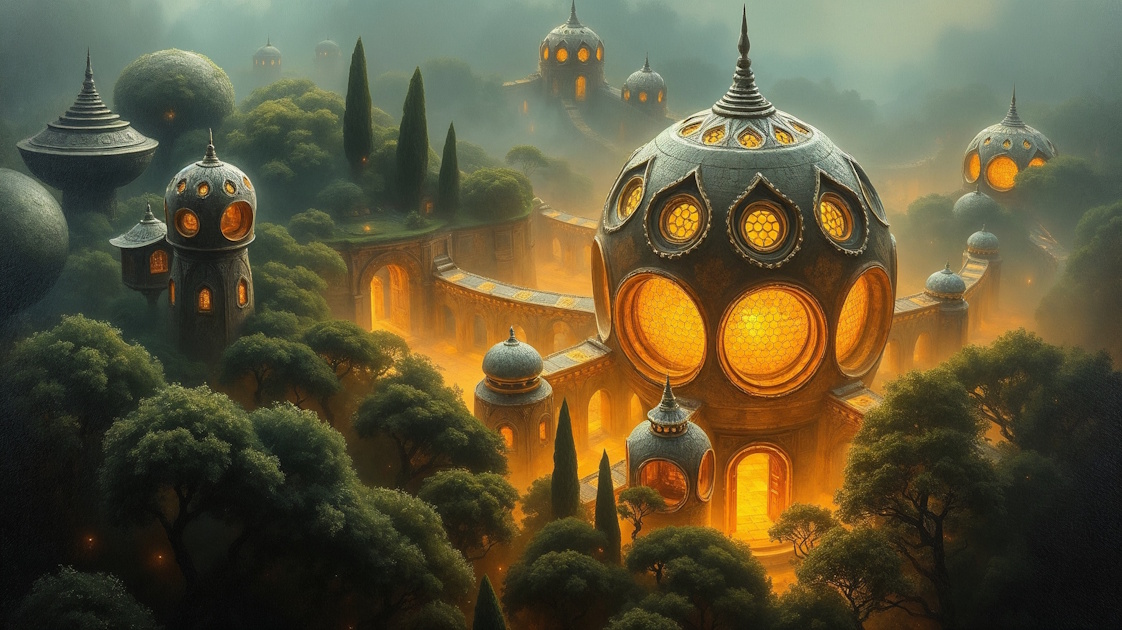
The raspel are an ancient insectoid people who emerged from the equatorial jungles of the Southern Reaches, where they built remarkable cities of honeycombed towers and bio-architectural marvels that blend seamlessly with their hot, humid environment. Originally organized under massive Queen Mothers in rigid caste systems, their society transformed dramatically following a catastrophic plague that destroyed the great matriarchs and fractured their civilization into smaller, more diverse communities. This period of upheaval led to an age of wandering that saw many raspel venture beyond their homeland, discovering their natural aptitude for commerce, craftsmanship, and adaptation to foreign cultures. Today, raspel can be found throughout the Four Fiefdoms serving in countless professions—from merchants and pilots to warriors and craftsmen—while maintaining their distinctive culture through traditional garments like the kabon, chemical communication networks that preserve collective memory, and the practice of Thek'miran, the journey of self-making that encourages young raspel to seek their fortune in the wider world. Though they have successfully integrated into broader society, modern raspel continue to balance the tension between ancient hive traditions and individual achievement, creating a people as adaptable as they are industrious.
Learn more about the raspel of Uhl.
Sitheri
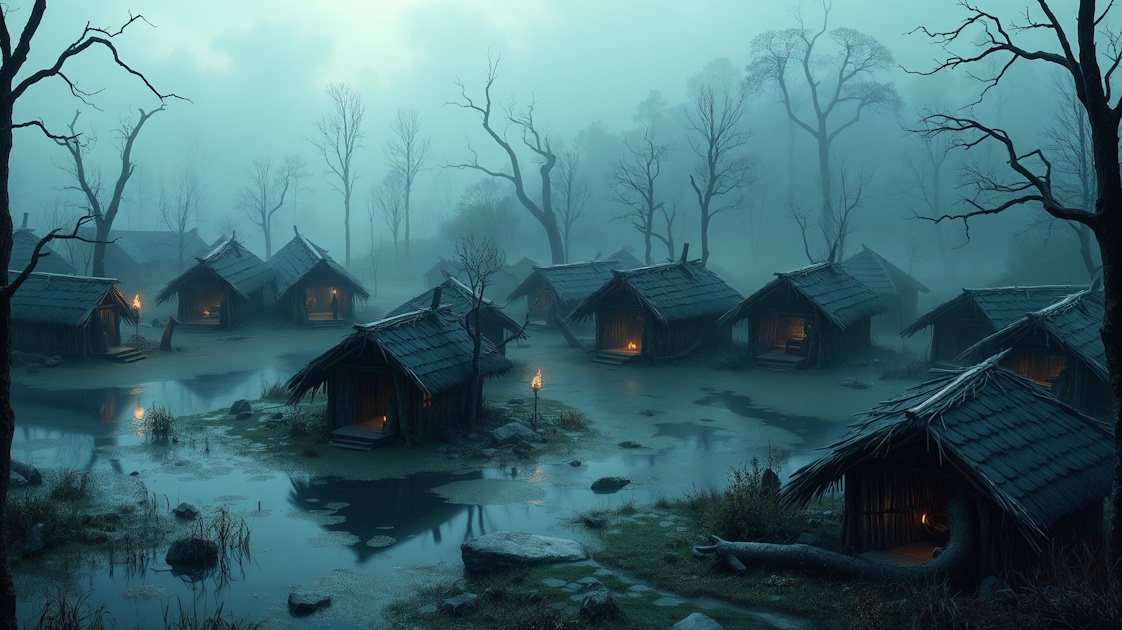
The sitheri are a fierce and ancient race of serpentine humanoids who have claimed absolute dominion over the treacherous depths of the Grimmere, also known as Death's Head Swamp, where their cold-blooded predatory nature and sophisticated matriarchal society have created one of the most brutal and unforgiving civilizations in all of Uhl. These reptilian beings have evolved complex social structures built upon the absolute authority of brood mothers who serve as political leaders, spiritual guides, and the sole reproductive females within their communities, ruling over tribes that exist in a perpetual state of territorial warfare and ritualized violence. Their serpentine physiology and aquatic adaptations make them perfectly suited to their swampland environment, while their predatory instincts have shaped a culture that views all other races as legitimate prey for capture, sacrifice, and consumption.
Organized into ten known tribes whose borders shift constantly through endless conflicts and territorial disputes, the sitheri represent the ultimate expression of predatory survival in a world where strength, cunning, and unwavering loyalty to the brood determine one's place in their hierarchical society. Their most feared cultural practice is the legendary Hundred Scalps ritual, which requires young male warriors to leave their natal tribes and venture into the wider world, unable to return until they have slain one hundred enemies and collected their scalps as proof of their prowess. This trial, combined with their elaborate systems of ritual sacrifice that serve both religious and practical purposes, has forged the sitheri into formidable warriors whose reputation for violence and territorial aggression serves as both protection for their swampland domains and warning to any who would dare trespass upon their ancient hunting grounds.
Learn more about the sitheri of Uhl.
Skeva
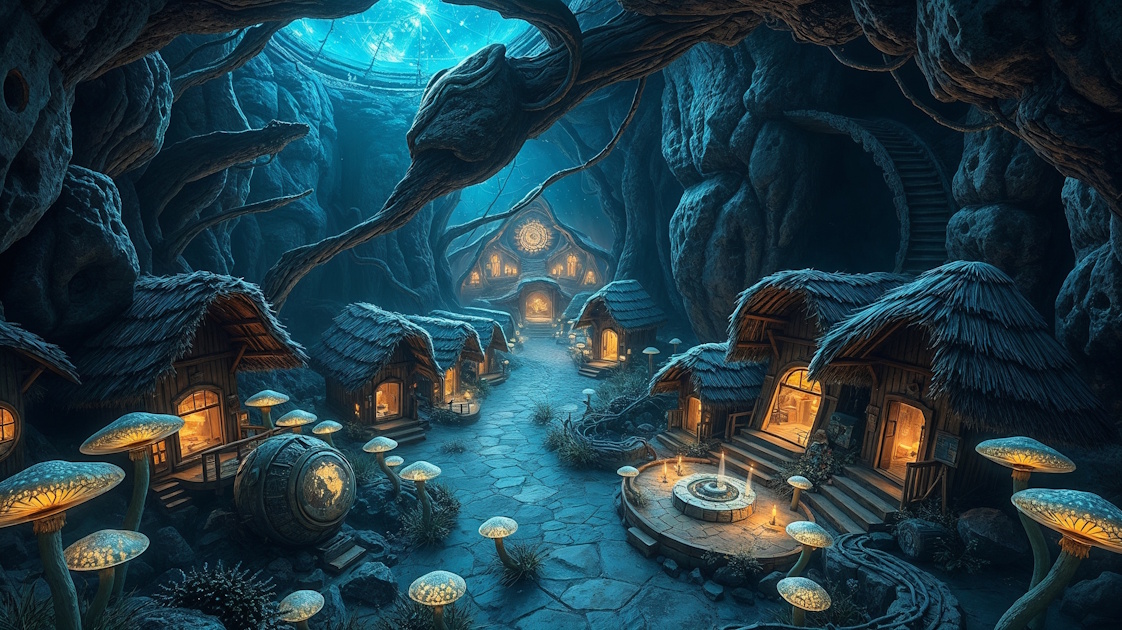
The skeva, known to surface dwellers as ratfolk or rat-people, represent one of the most resourceful and misunderstood races in Uhl, having achieved their humanoid existence not through natural evolution but through the ancient alchemical experiments of the witch Ulusaba, who transformed ordinary rats into sentient beings countless generations ago. These industrious and adaptable people have since spread throughout the civilized world like a hidden network, establishing sophisticated underground communities in the sewers, tunnels, and forgotten spaces beneath nearly every major city while maintaining their existence in the shadows through unparalleled stealth and urban survival skills. Unlike other races who organize into kingdoms or territories, the skeva operate through independent clans scattered across the underground world, each led by either their strongest warrior or wisest shaman according to local needs and the pragmatic principles that govern their society.
At the pinnacle of skeva civilization stand the elite shodeth warriors, whose legendary skills in assassination, stealth, and combat rival even the renowned sinji of the krill, serving as both protectors of their hidden communities and agents of their people's interests in the dangerous world above and below ground. Their magical heritage, flowing from their artificial creation, manifests in powerful shamans and witches whose supernatural abilities provide guidance and protection while maintaining the mystical traditions that connect modern skeva to their arcane origins. From the sprawling underground city of Xirklx to the deepest adapted communities of the Sightless Ones who have evolved beyond the need for sight in absolute darkness, the skeva have proven that intelligence, adaptability, and unity can overcome any challenge while remaining forever hidden in the spaces that other races fear to explore.
Learn more about the skeva of Uhl.